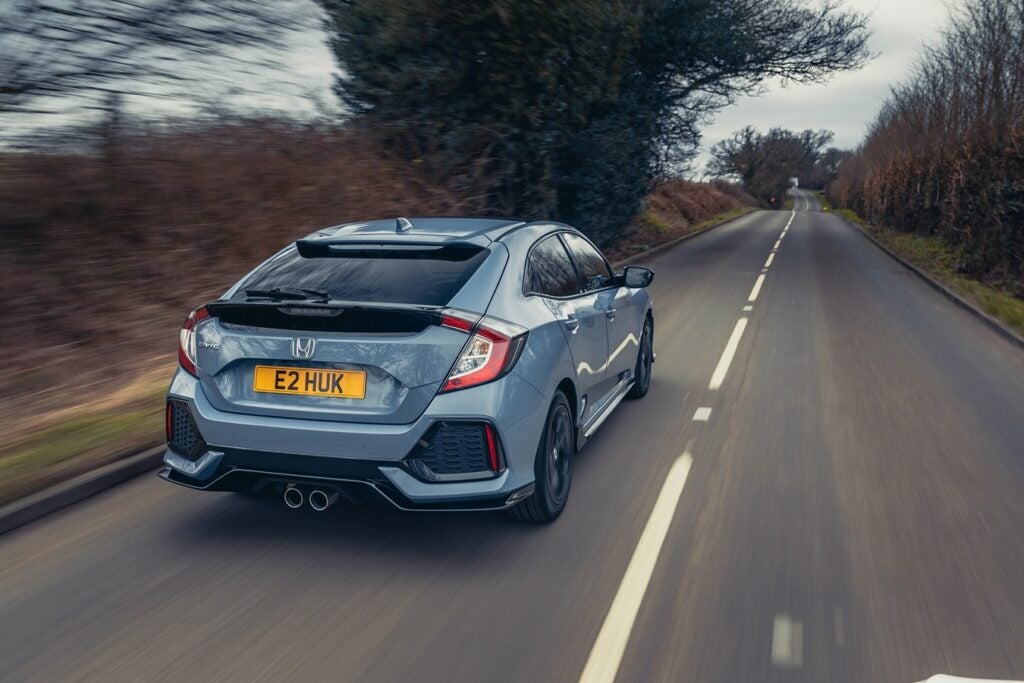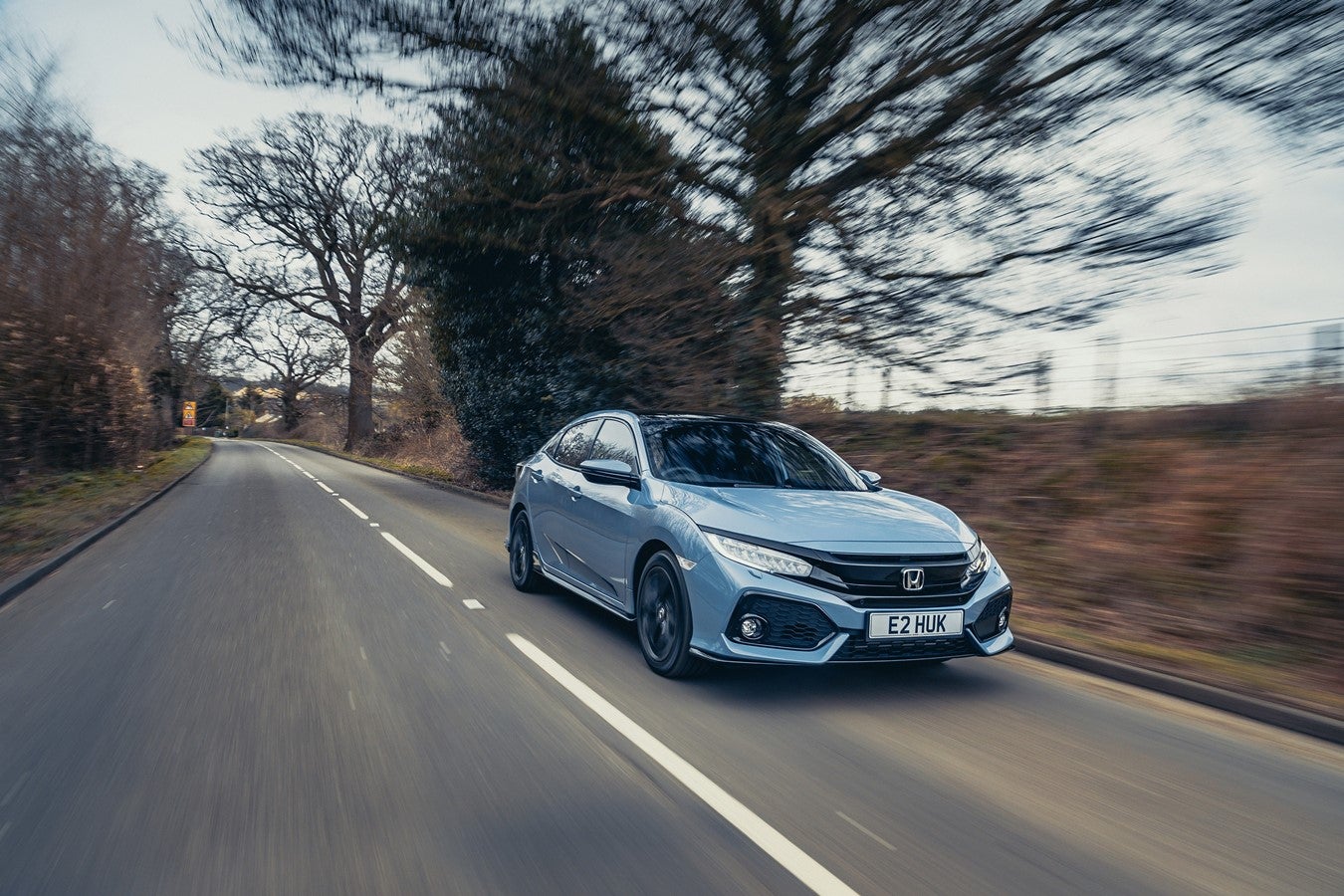
Material matters
True to form, this ten-gen is larger than its predecessor, specifically wider (by 30mm) and longer (by 136mm). It is also lower (20mm) and lighter by 16 kg. The new platform’s design, the selection of materials, the engineering process, and manufacturing techniques have been key to creating a lighter, more rigid structure. It also has 52 percent greater torsional stiffness. The improvements in rigidity and the design of the new-fangled unibody have led to improvements to NVH characteristics, too.
Notable platform design features include front and rear bulkhead ‘rings’ that encircle the entire interior cabin space. Further platform rigidity is provided by a low-sensitivity front-floor structure, including cross braces in front of the engine bay and between the bases of the A- and B-pillars.
The lightweight, high tensile materials used across the structure improve body rigidity and crash safety. Hot-stamped steel was applied to a wider area resulting in an increase to 12 percent from six percent in the previous Civic. The use of ultra-high-strength steel increases the strength and reduces the overall weight of the entire body frame. For example, one of the most significant areas for the platform’s overall strength is the B-pillar and lower sill.
Short-pitch welding places spot welds 20 mm apart in critical areas of the unibody, compared to traditional spacing of between 40 mm and 45 mm. This further contributes to increased stiffness and durability.
These design, engineering and manufacturing innovations result in a 65 percent increase in the body’s global bending rigidity compared to the previous generation Civic and a 41 percent increase in torsional rigidity.

US Tariffs are shifting - will you react or anticipate?
Don’t let policy changes catch you off guard. Stay proactive with real-time data and expert analysis.
By GlobalDataInside story
The seating position also differs from the previous generation car, sited lower (by 35 mm). The lower seating position is partly thanks to the fuel tank being relocated from beneath the front seats in the old Civic to further back in the current one. To improve visibility, the bonnet has been lowered by 65 mm and the A-pillars made narrower (by 12 mm).
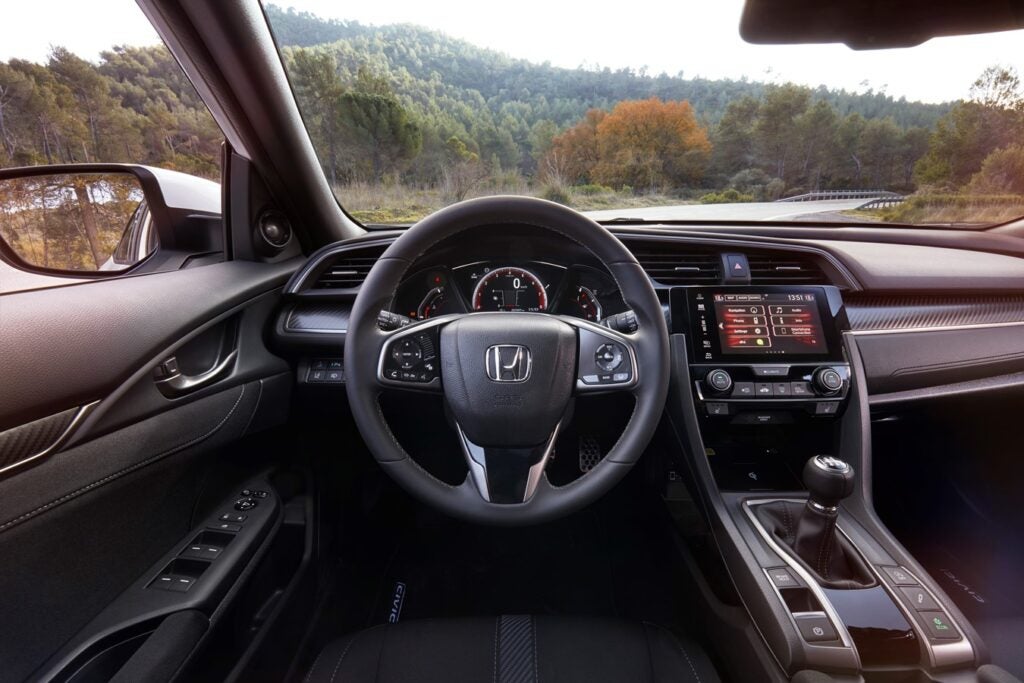
While forward visibility around relatively thin A-pillars is good, an over-the-shoulder view out of the back is limited due to the sloping roofline and shallow rear window and thick rear pillars. Rear parking sensors and a camera do compensate here.
Front shoulder room has also been increased by 10 mm, and space between the front seats has increased by 30 mm. Rear seat shoulder room is up by 20 mm, while rear seat passengers now have 95 mm more legroom, and 45 mm more knee room. Another difference over the previous generation Civic is the absence of the cinema-style ‘Magic’ rear seats that had storage space underneath.
On the question of storage, the boot provides 478 litres of luggage capacity increasing to 1,120 litres with the rear 60/40 seats both flipped forward providing a truly flat surface area. But like so many other new cars nowadays, you won’t find a spare wheel. Instead, a hidden underfloor compartment offers a roomy storage area. Plenty of cup holders, cubby holes, and storage pockets on the front seat backs are also welcome.
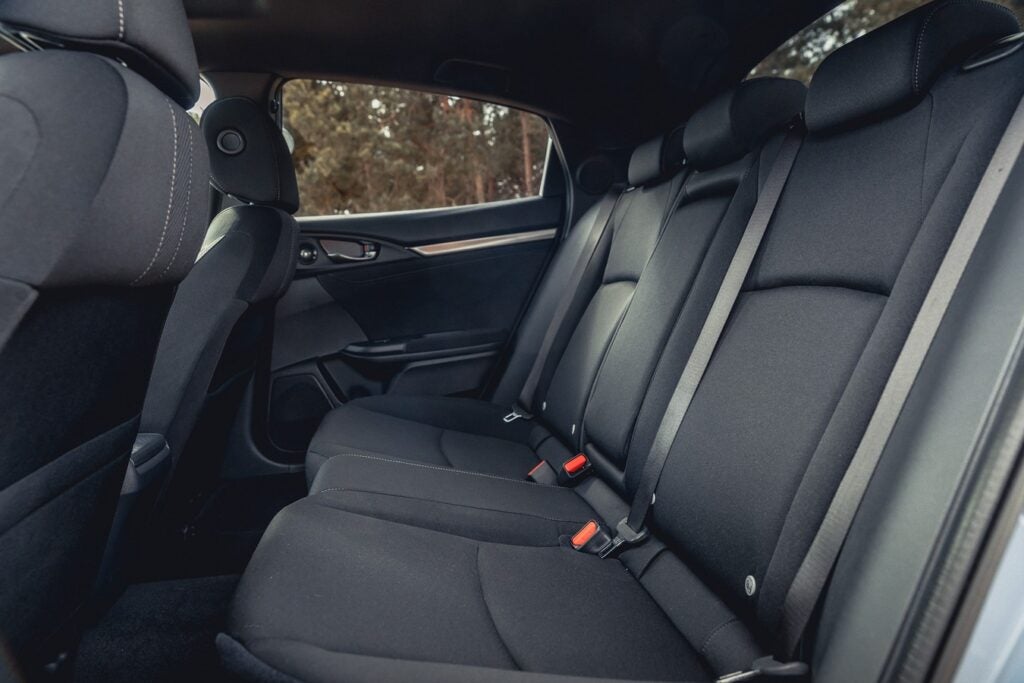
Infotainment and connectivity
At the top of the centre console sits the seven-inch Honda Connect touchscreen which also displays images from the reversing camera and provides mirroring with Apple CarPlay and Android Auto.
The reconfigurable instrument cluster display includes a large digital tachometer – with an analogue or digital rev needle – and a digital speedometer readout. Integrated into the display is an area where you can switch between a variety of infotainment screens, including navigation instructions, SMS and email, audio track information, smartphone contacts, journey trip information and car maintenance information.
Honda recently introduced some upgrades for the Civic, including improvements to the infotainment system and materials used in the cabin. More specifically, the interior incorporates new textured interior panels and a powered eight-way adjustable driver’s seat is now available on top-of-the-range models.
In response to customer feedback, Honda has revised the infotainment and climate controls by adding physical buttons and dials across the Civic range rather than opt for more touchscreen controls. It has also introduced a new Sport Line model to its Civic line-up, available in a top-of-the-range model EX. Interior features include red stitching detail on the seats, steering wheel, gear shift boot and door panels and drilled aluminium pedals.
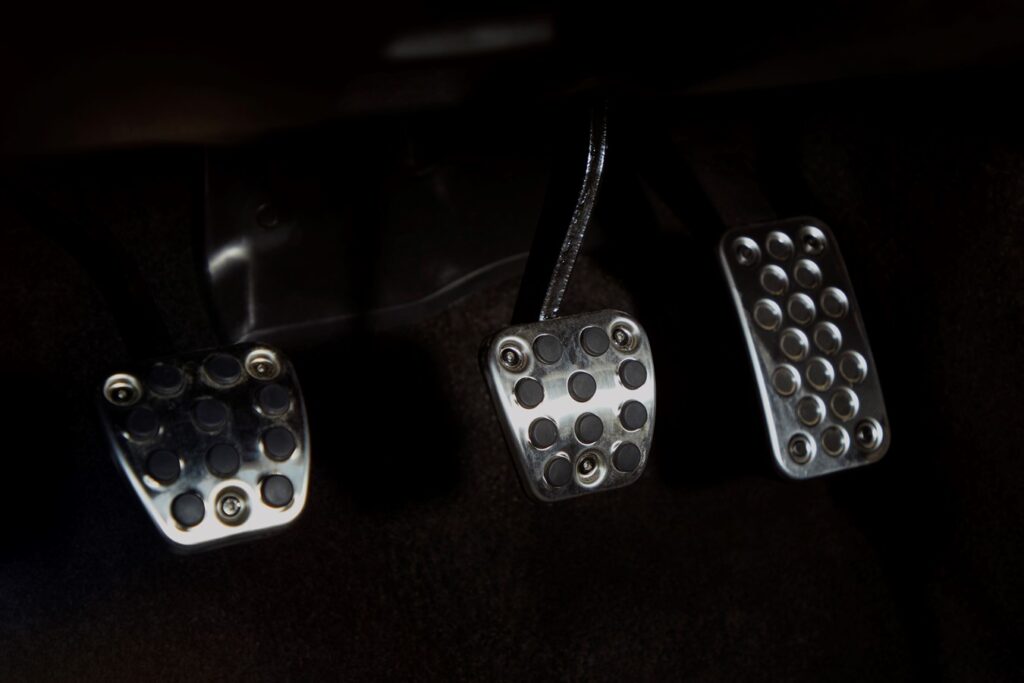
Acoustic windscreen
Noise reduction inside cars and consequently improvement of acoustic control has long since been a focus of automakers. Yet the vehicle’s glazed surface is continuously increasing making it a significant path for noise penetration inside the car. An acoustic windscreen, however, can lower the sound levels entering the cabin by as much as five decibels using a specially designed acoustic insert between two polyvinyl butyral (PVB) films. This sandwich is then inserted between both sheets of the windscreen’s glass.
Since the first vehicle appeared in Europe with an acoustic windscreen – the Renault Clio II – the number of vehicles being fitted with acoustic glazing is gradually increasing. Next up is the Honda Civic which has an acoustic windscreen comprising an outer layer of 2.1 mm safety glass, a 0.7 mm middle layer of noise-reducing acoustic PVB, and a 1.8 mm inner layer of safety glass, for a total thickness of 4.6 mm.
Advanced driver assistance systems
Most new cars already have some level of basic driver assistance. The five-door hatchback has Honda Sensing fitted as standard. This includes a variety of ADAS technologies such as collision mitigation braking, forward collision warning, high beam support, intelligent adaptive cruise control and speed limiter, lane departure warning with road departure mitigation, lane-keeping assist, low-speed following and traffic sign recognition.
Out and about
The top-drawer EX Sportline that we took out last week was fitted with a 1.0-litre VTEC turbo engine mated to a manual gearbox. Officially, this model will achieve 43 mpg and emit 114g of CO2. While our road test fell a little short of expectations, we achieved an acceptable 39 mpg. It felt poised and engaged around country roads and nippy on the flat. A button on the centre console, next to the electric parking brake, activates the car’s dynamic damper control system and helps iron out potholes.
In September 2021, workers at Honda’s Indiana Auto Plant celebrated the start of mass production of the redesigned 2022 Civic hatchback at Greensburg, US.
Rival models include the VW Golf, Seat Leon and Vauxhall Astra.
